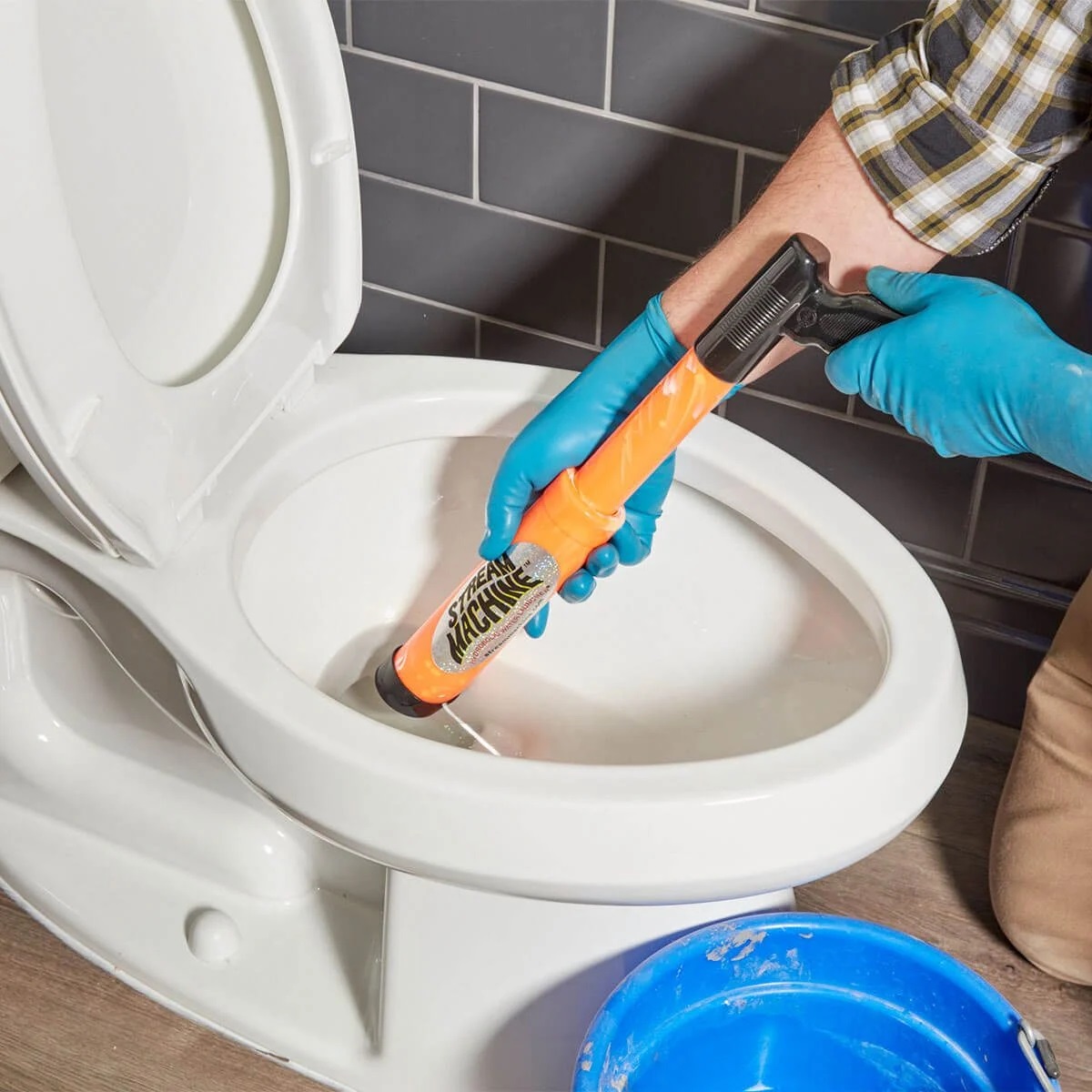

Articles
How To Unclog Toilet Without Plunger
Modified: October 19, 2024
Learn efficient ways to unclog a toilet without using a plunger. Read our insightful articles for expert tips and tricks.
(Many of the links in this article redirect to a specific reviewed product. Your purchase of these products through affiliate links helps to generate commission for Storables.com, at no extra cost. Learn more)
Introduction
A clogged toilet can be a major inconvenience, causing frustration and potentially even embarrassment. While the plunger is the go-to tool for unclogging a toilet, what do you do if you don’t have one? Fortunately, there are several alternative methods you can try to unclog a toilet without a plunger.
In this article, we will explore six effective methods that can help you regain control over your clogged toilet situation. These methods utilize common household items and require minimal effort. So, let’s dive in and learn how to unclog a toilet without a plunger!
Key Takeaways:
- No plunger? No problem! From hot water and dish soap to a wire coat hanger, this article provides six creative and effective methods to unclog a toilet without a plunger, saving you from potential embarrassment and frustration.
- Whether it’s using baking soda and vinegar or a wet/dry vacuum, these alternative methods offer a convenient and resourceful way to tackle unexpected toilet clogs, empowering you to handle the situation with confidence and ease.
Read more: How To Unclog A Toilet Without A Plunger
Method 1: Hot Water and Dish Soap
This simple and effective method utilizes the power of hot water and dish soap to break down the clog and clear your toilet. Here’s how you can do it:
- Start by boiling a pot of water on the stove. You will need enough hot water to fill your toilet bowl about halfway.
- Add a few squirts of liquid dish soap to the toilet bowl. The dish soap helps to lubricate the clog and break it down.
- Next, carefully pour the hot water into the toilet bowl. Make sure to pour it from waist height, as the force of the water can help dislodge the clog.
- Allow the hot water and dish soap mixture to sit in the toilet bowl for a few minutes. This will give it time to penetrate and soften the clog.
- Finally, flush the toilet to see if the clog has cleared. If not, you may need to repeat the process or try one of the other methods mentioned in this article.
This method works well for minor clogs caused by organic matter or toilet paper. The hot water helps to break down the clog while the dish soap acts as a lubricant, making it easier for the clog to move through the pipes.
It’s important to note that this method may not work for more severe clogs or clogs caused by non-biodegradable materials. In such cases, it’s best to consult a professional plumber to avoid further damage to your plumbing system.
Method 2: Baking Soda and Vinegar
If you’re looking for a natural and chemical-free way to unclog your toilet, the baking soda and vinegar method is a tried-and-true solution. Here’s how to do it:
- Start by pouring one cup of baking soda into the toilet bowl. Make sure to distribute it evenly around the bowl.
- Next, pour two cups of vinegar into the bowl. The combination of baking soda and vinegar creates a chemical reaction that helps dissolve the clog.
- Allow the mixture to sit in the toilet bowl for about 30 minutes. During this time, the fizzing action of the baking soda and vinegar will break down the clog.
- After 30 minutes, pour a pot of hot water into the toilet bowl. The hot water will help flush away any remaining debris.
- Finally, flush the toilet to check if the clog has cleared. If needed, you may repeat the process or try another method if the clog persists.
This method is effective for clogs caused by a buildup of organic matter and mineral deposits. The baking soda helps to break down the materials, while the vinegar dissolves any accumulated grease and grime.
Remember, this method may not be suitable for all types of clogs, especially those caused by solid objects or non-biodegradable items. In such cases, it’s best to seek professional assistance to avoid causing any damage to your toilet or plumbing system.
Now that you know how to use baking soda and vinegar to unclog your toilet, you can give it a try the next time you find yourself without a plunger.
Method 3: Wire Coat Hanger
If you’re in a pinch and don’t have a plunger on hand, a wire coat hanger can be a useful tool for unclogging your toilet. Here’s how you can use it:
- Start by unraveling a wire coat hanger and straightening it as much as possible. You want to create a long, straight wire with a hooked end.
- Carefully insert the hooked end of the wire into the toilet bowl, aiming to push it through the clog. Be gentle to avoid scratching the porcelain.
- Gently twist and maneuver the wire while applying slight pressure to break up the clog. You may need to shift the wire back and forth to reach different angles of the clog.
- Once you feel that the clog has loosened, flush the toilet to see if the water drains smoothly. If not, repeat the process until the clog clears.
Using a wire coat hanger can be effective for clogs caused by solid objects or materials that have become stuck in the drain. The flexibility of the wire allows you to navigate the pipe and dislodge the clog.
It’s important to exercise caution and avoid using excessive force when using a wire coat hanger. If you encounter resistance or are unable to clear the clog, it’s best to stop and seek assistance from a professional plumber.
Remember to sanitize the coat hanger thoroughly after using it in the toilet to maintain hygiene and prevent the spread of germs.
With a simple wire coat hanger, you can potentially unclog your toilet and restore its normal function without the need for a plunger.
Pour hot water and dish soap into the toilet bowl. Let it sit for a few minutes, then flush. The hot water and soap can help break up the clog and allow it to flush away.
Method 4: Toilet Auger
If you’re dealing with a stubborn clog that other methods haven’t been able to tackle, a toilet auger, also known as a closet auger, can be a powerful tool to unclog your toilet. Here’s how to use it:
- Start by extending the auger’s cable fully.
- Insert the curved end of the auger into the toilet bowl drain, making sure it is aligned properly.
- Gently push the auger into the drain, rotating the handle clockwise as you go. The auger will begin to navigate through the clog.
- Continue pushing and rotating the auger until you feel the resistance lessen or the clog breaks apart.
- Once you’ve cleared the clog, withdraw the auger from the toilet bowl drain.
A toilet auger is specifically designed to handle tough toilet clogs, including those caused by solid objects or blockages deep within the pipe. Its long, flexible cable allows you to reach the clog and break it apart without damaging the toilet bowl.
When using a toilet auger, it’s essential to follow the instructions carefully and avoid applying excessive force. If you’re unsure or unable to clear the clog with the auger, it’s best to seek the assistance of a professional plumber.
Keep in mind that toilet augers can be purchased or rented from hardware stores, making them a convenient tool to have on hand for future toilet clogs.
With a toilet auger in your arsenal, you’ll feel confident knowing that you have a reliable solution for even the most stubborn toilet clogs.
Read more: How To Unclog A Bathtub Without A Plunger
Method 5: Enzyme-Based Cleaner
If you prefer a more hands-off approach to clearing a toilet clog, an enzyme-based cleaner can be an effective option. Enzyme-based cleaners contain natural enzymes that break down organic matter, helping to clear the clog. Here’s how to use it:
- Purchase an enzyme-based cleaner specifically designed for toilets. Look for one that is labeled as safe for septic systems.
- Pour the recommended amount of the cleaner into the toilet bowl. Follow the instructions provided by the manufacturer for the correct dosage.
- Allow the cleaner to sit in the toilet bowl for the recommended amount of time. This will typically be stated on the product packaging.
- After the specified time, flush the toilet to see if the clog has cleared. If not, you may need to repeat the process or try an alternative method.
Enzyme-based cleaners work by breaking down the organic matter that is causing the clog. They are particularly effective for clogs caused by toilet paper or waste build-up.
It’s important to note that enzyme-based cleaners may take some time to fully dissolve the clog, so patience is key. Additionally, these cleaners are typically safe to use regularly to help maintain the health and functionality of your toilet.
If you have concerns about using chemical-based cleaners, enzyme-based cleaners provide a more natural and environmentally-friendly option for unclogging your toilet.
Remember to always read and follow the instructions provided by the manufacturer to ensure safe and effective use of the enzyme-based cleaner.
Method 6: Using a Wet/Dry Vacuum
If you have access to a wet/dry vacuum, it can be a powerful tool for unclogging your toilet. Here’s how you can use it:
- Before using the wet/dry vacuum, remove any standing water from the toilet bowl using a bucket or a cup.
- Set the wet/dry vacuum to the wet mode to ensure it can handle liquids.
- Place the vacuum hose directly into the toilet bowl drain, ensuring a secure fit.
- Turn on the vacuum and create a seal around the drain opening with your hand or a towel. This will help to generate suction and dislodge the clog.
- Hold the seal in place while the vacuum creates suction. You should start to feel the clog being pulled towards the vacuum.
- Continue to hold the seal and let the vacuum run for a few minutes to ensure the clog has been fully cleared.
- Turn off the vacuum, remove the hose from the toilet bowl, and dispose of any waste collected in the vacuum bag or canister.
Using a wet/dry vacuum is effective for clogs caused by a variety of materials, including solid objects, toilet paper, and debris. The strong suction power of the vacuum can quickly remove the obstruction from the toilet drain.
It is worth noting that this method may require some caution, as improper use of the vacuum can lead to water damage or even the risk of breaking the toilet. Take care to follow the instructions provided with your specific wet/dry vacuum model.
If you are unsure or uncomfortable using a wet/dry vacuum, it is best to seek the assistance of a professional plumber to avoid potential damage or injury.
By utilizing a wet/dry vacuum, you can quickly and efficiently clear even the toughest toilet clogs without the need for a plunger.
Conclusion
Dealing with a clogged toilet can be a frustrating experience, especially when you don’t have a plunger readily available. However, with the methods outlined in this article, you can tackle toilet clogs effectively and without the need for a plunger.
From utilizing hot water and dish soap to using baking soda and vinegar, a wire coat hanger, a toilet auger, an enzyme-based cleaner, or a wet/dry vacuum, there are several alternatives to unclog your toilet successfully.
It’s important to remember that the effectiveness of each method can vary depending on the severity and nature of the clog. Some methods may work better for organic matter, while others are more suited for solid objects or mineral deposits.
While these methods are generally safe for use, it’s essential to exercise caution and follow the instructions provided. If a clog persists or you’re unsure about the best course of action, it’s always advisable to seek professional assistance to prevent any further damage to your toilet or plumbing system.
By staying informed and having these alternative methods in your repertoire, you can handle unexpected toilet clogs with confidence and convenience. Remember, prevention is the best defense against clogs, so keep regular maintenance and proper disposal practices in mind to avoid future toilet troubles.
No matter the situation, having the knowledge and resourcefulness to unclog a toilet without a plunger can save you time, money, and unnecessary frustration. So, the next time you find yourself facing a clogged toilet, don’t panic – try these methods and regain control over your plumbing.
Now that you've learned some clever ways to unclog a toilet without needing a plunger, why not extend that ingenuity to other areas of your home? Dive into our insightful guide on using simple items you already have around your house to keep your bathroom sparkling clean and fresh. From lemon zest to vinegar, these easy-to-follow tips will not only save you time but also keep your living space in tip-top shape.
Frequently Asked Questions about How To Unclog Toilet Without Plunger
Was this page helpful?
At Storables.com, we guarantee accurate and reliable information. Our content, validated by Expert Board Contributors, is crafted following stringent Editorial Policies. We're committed to providing you with well-researched, expert-backed insights for all your informational needs.
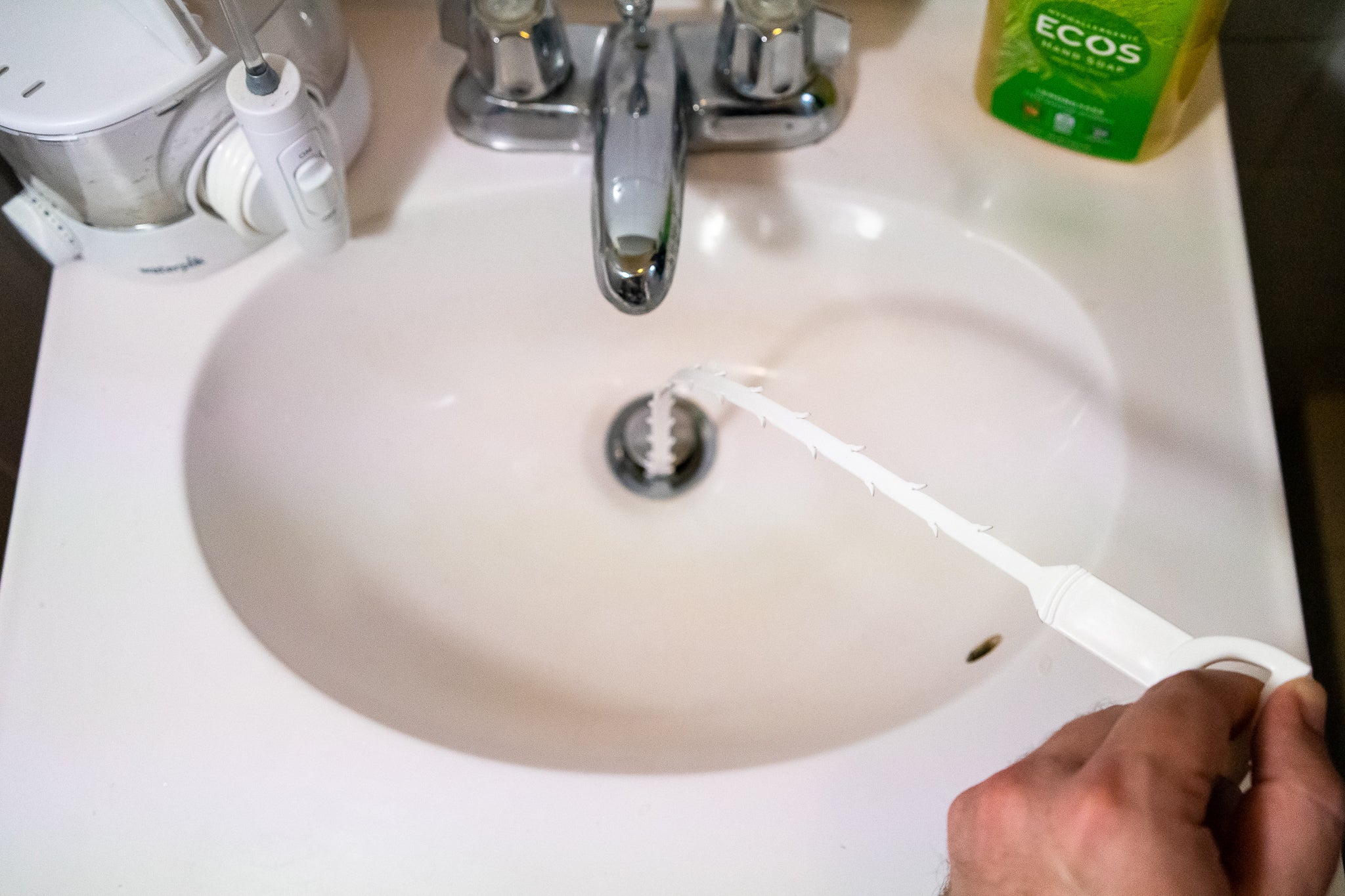
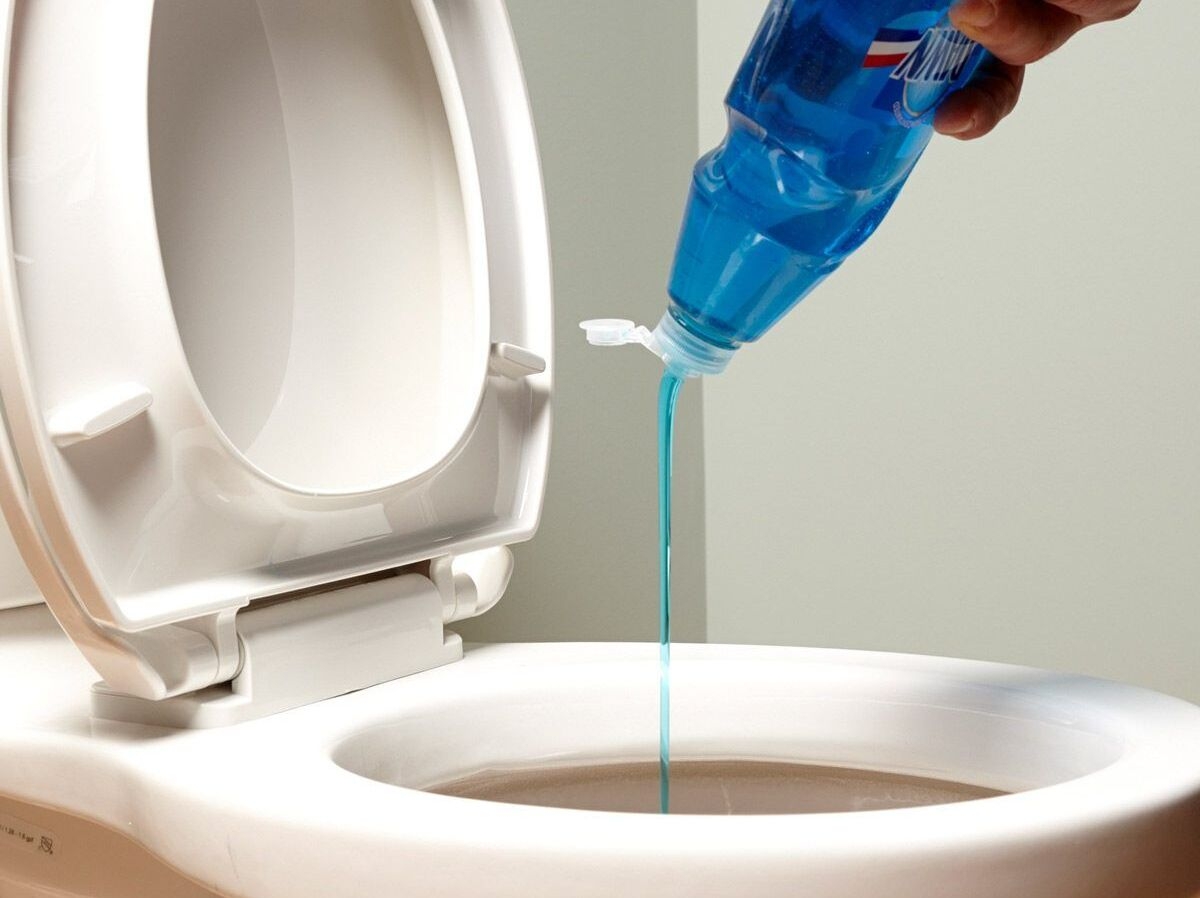
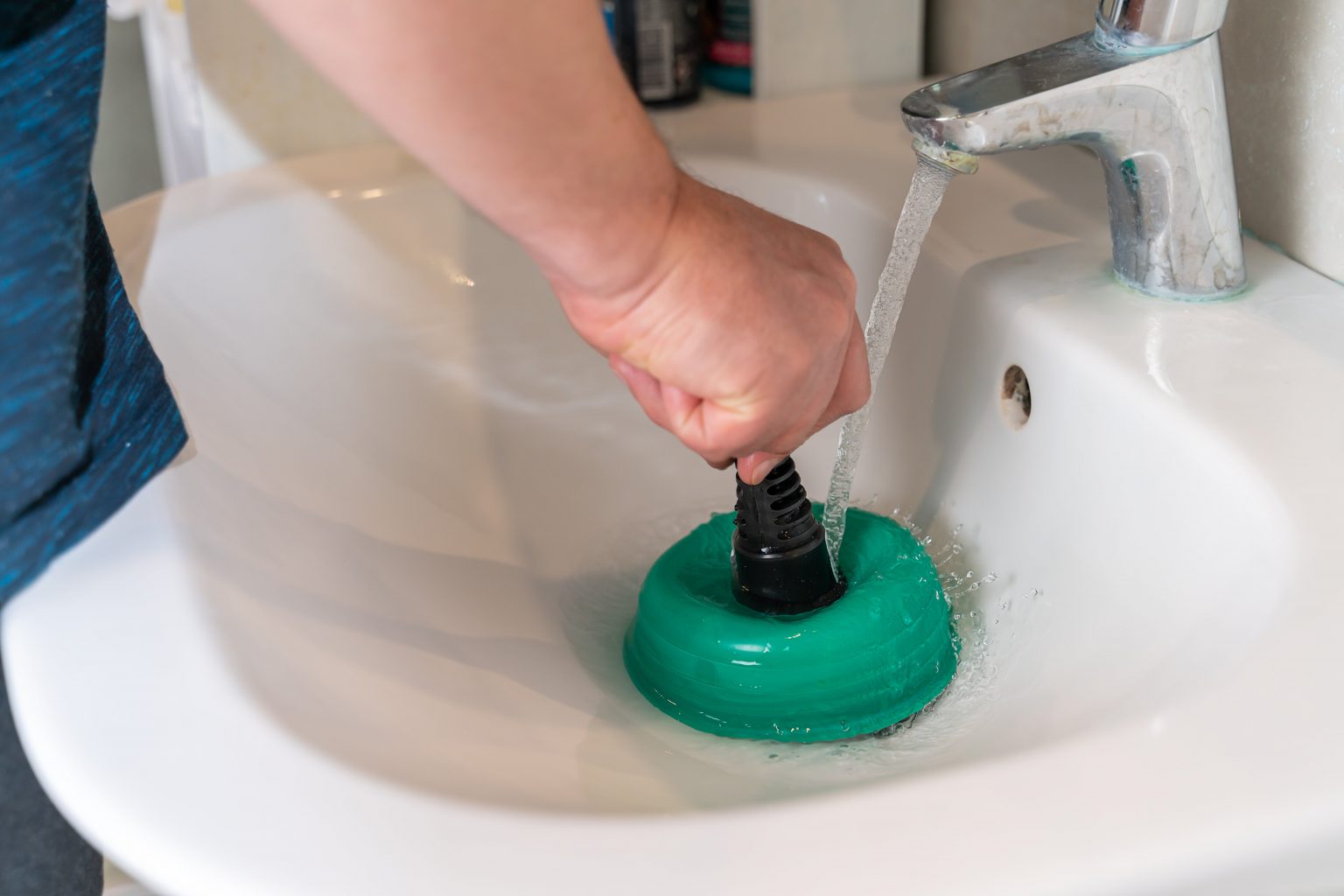
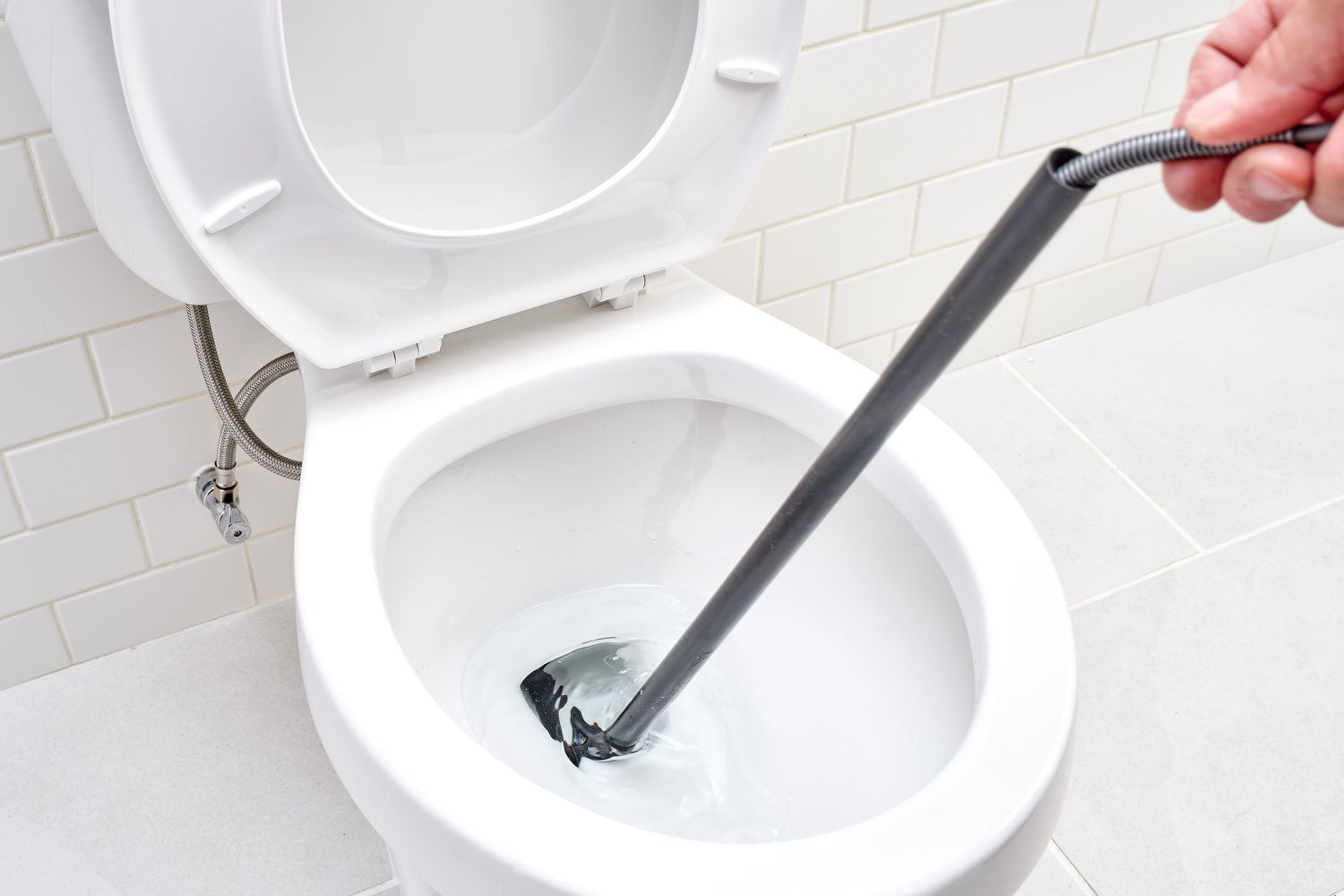
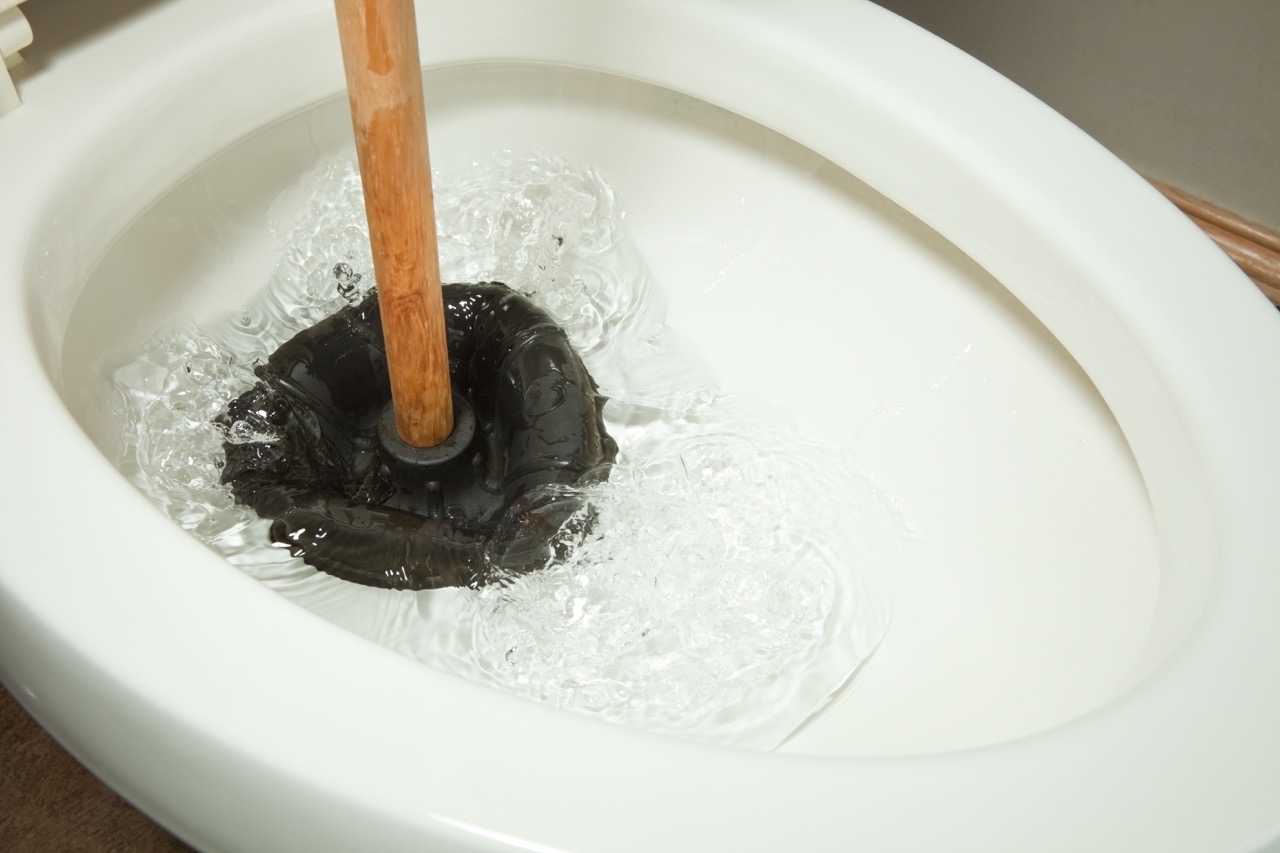
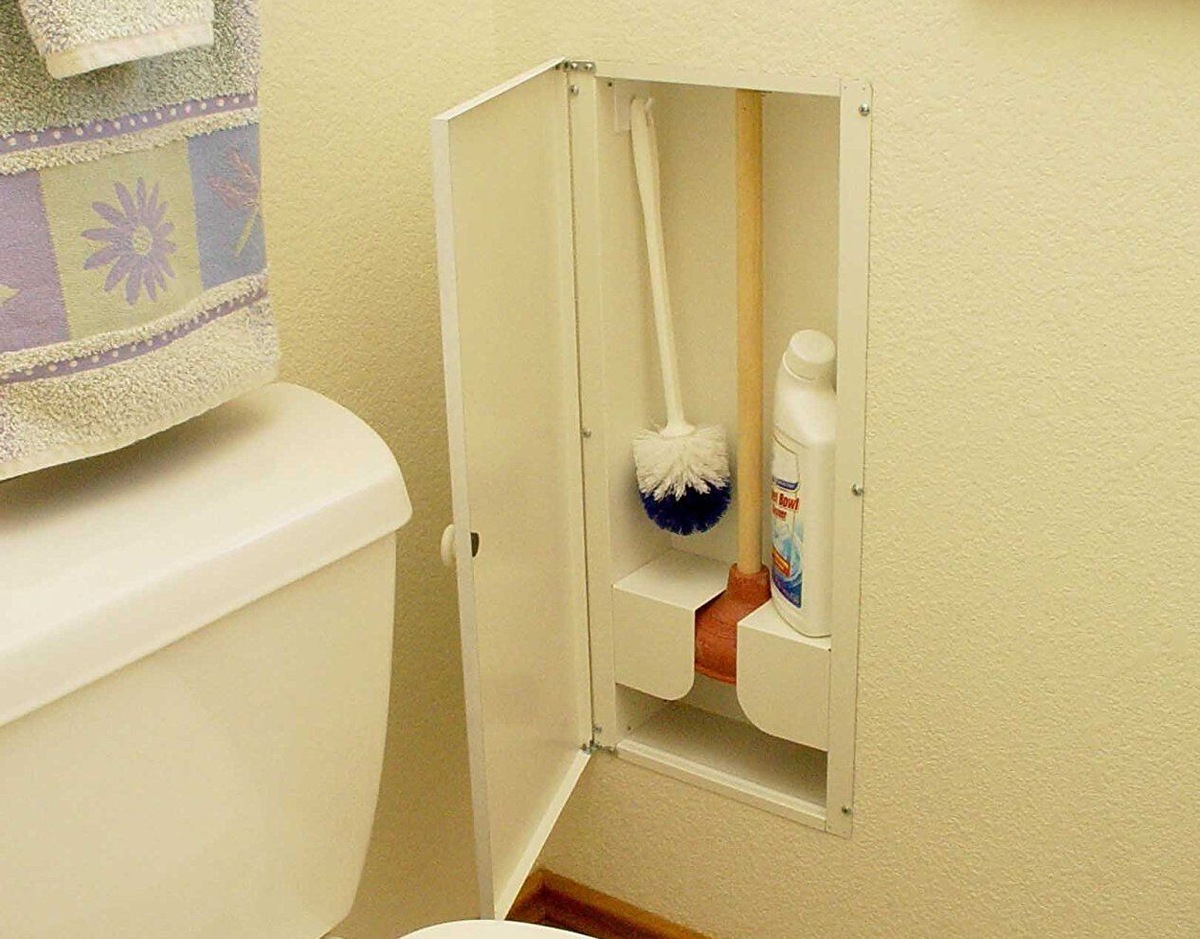
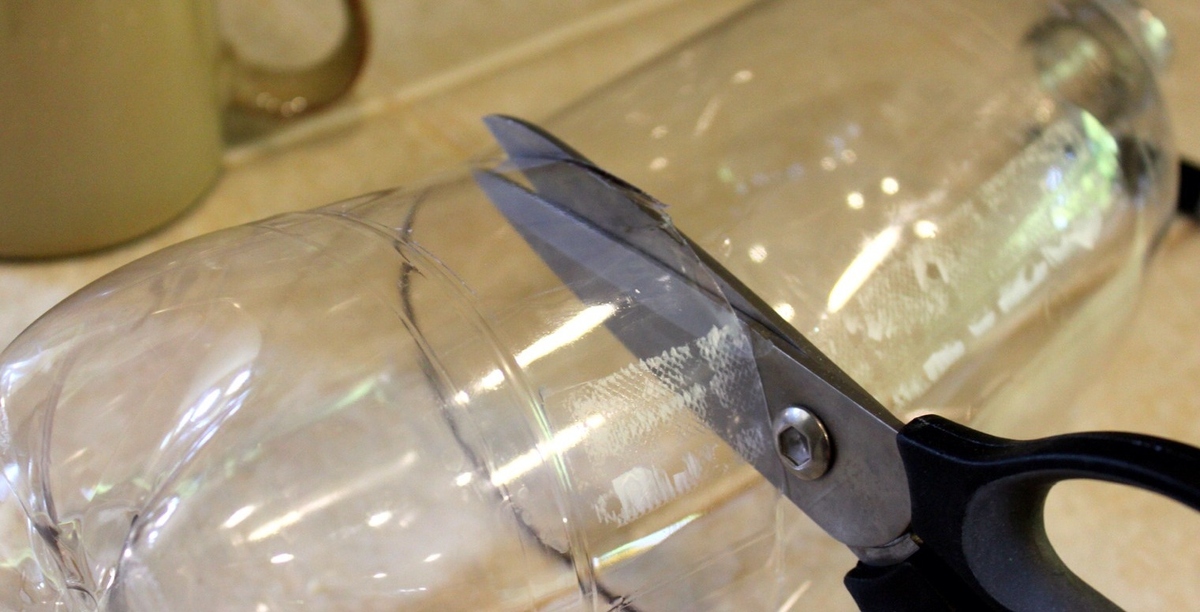
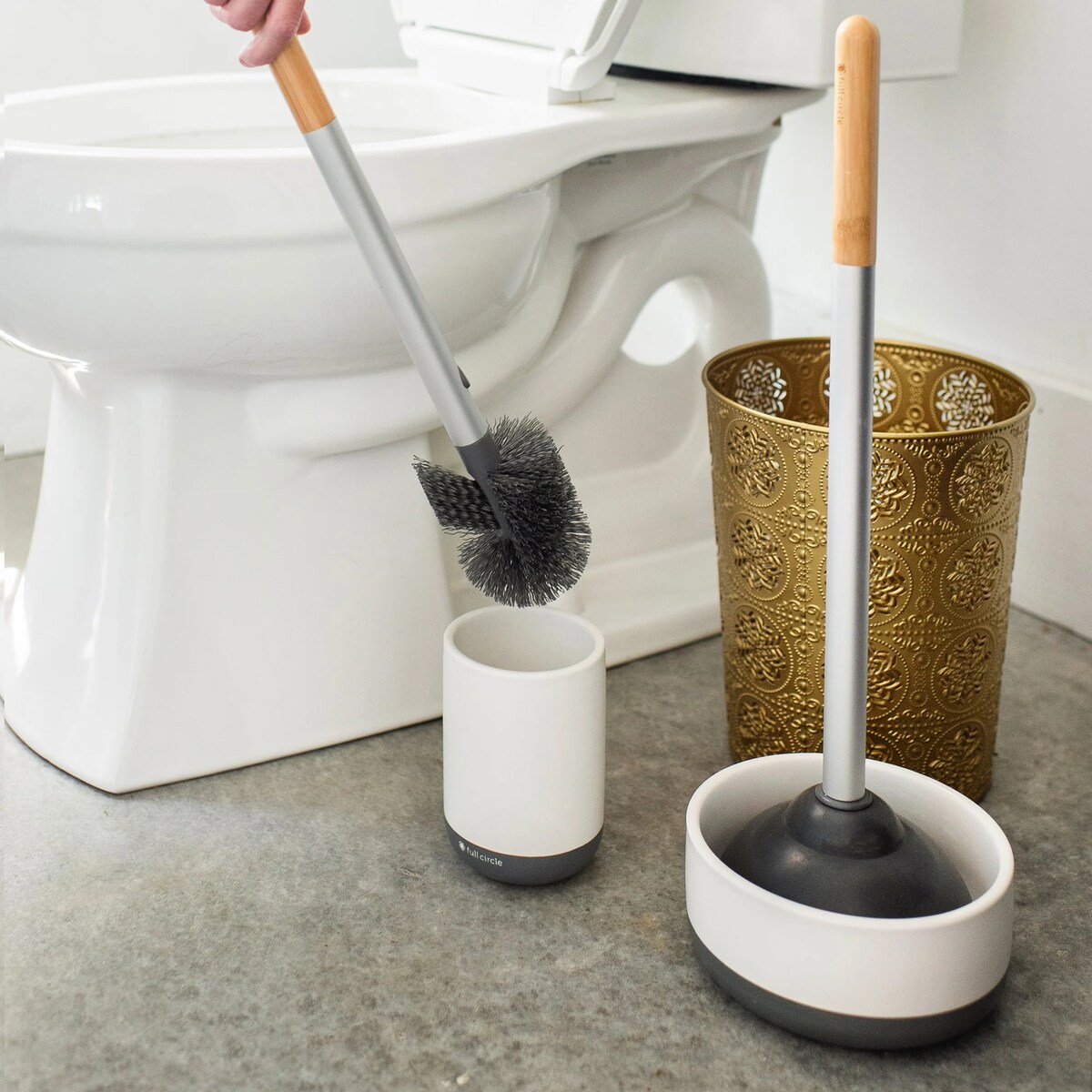

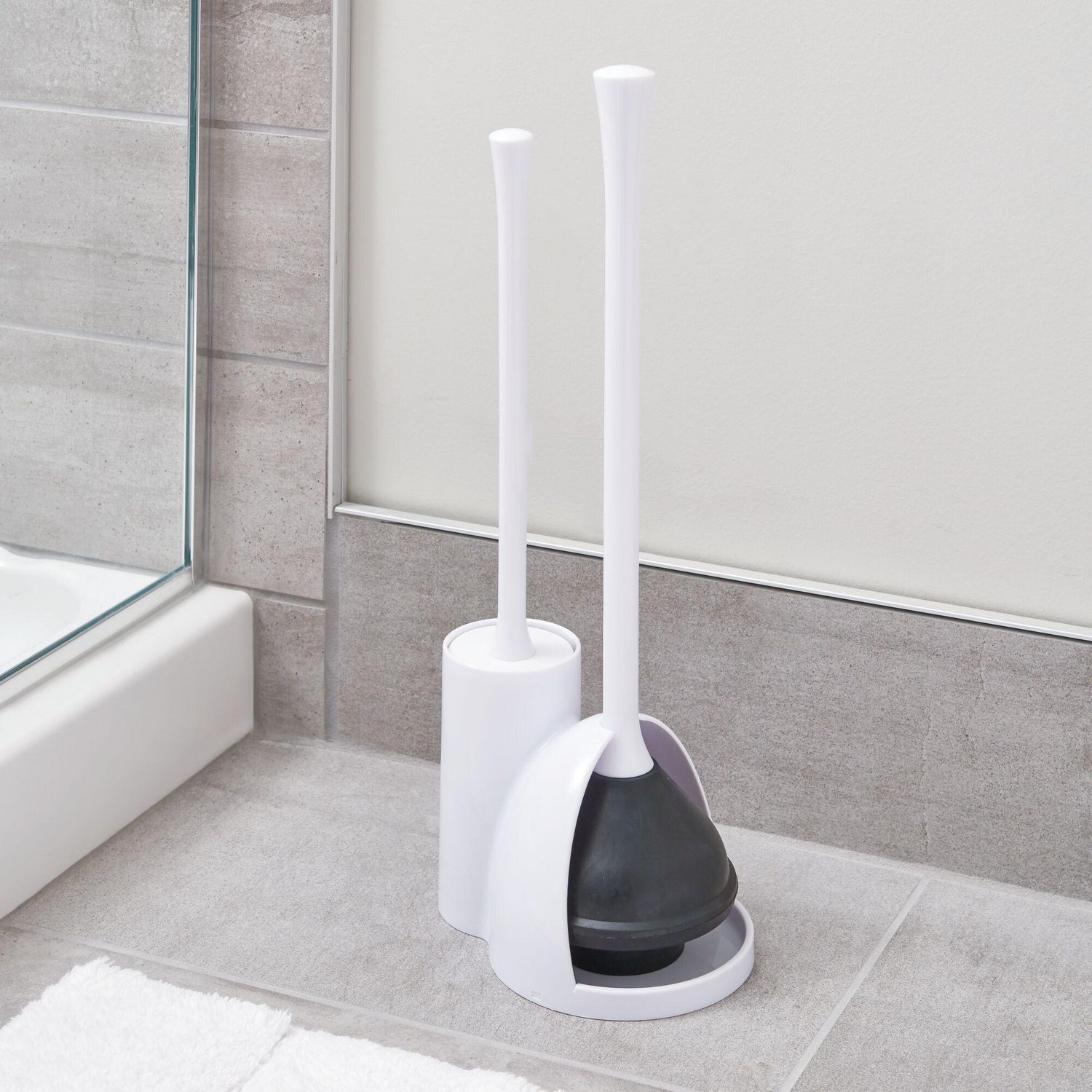
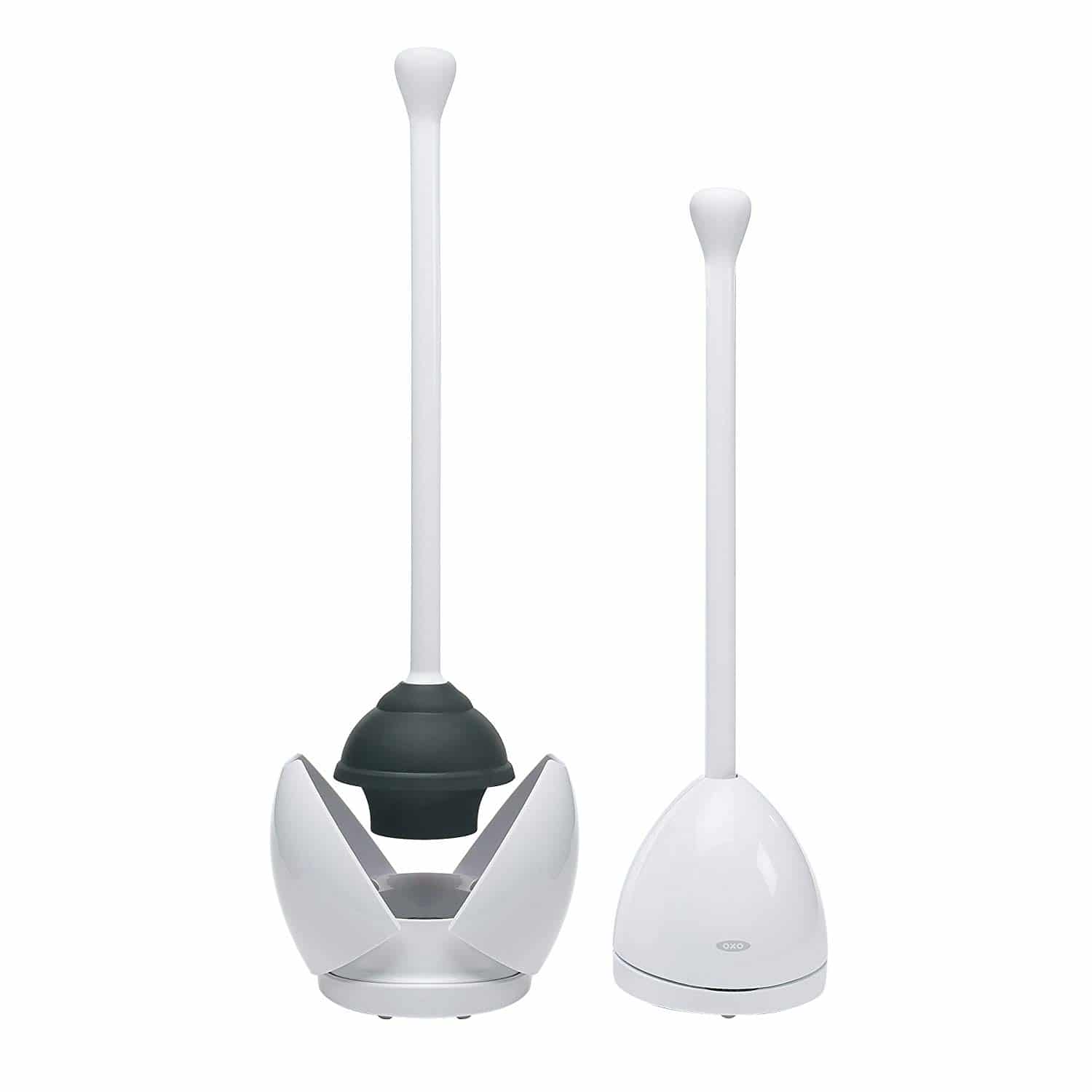


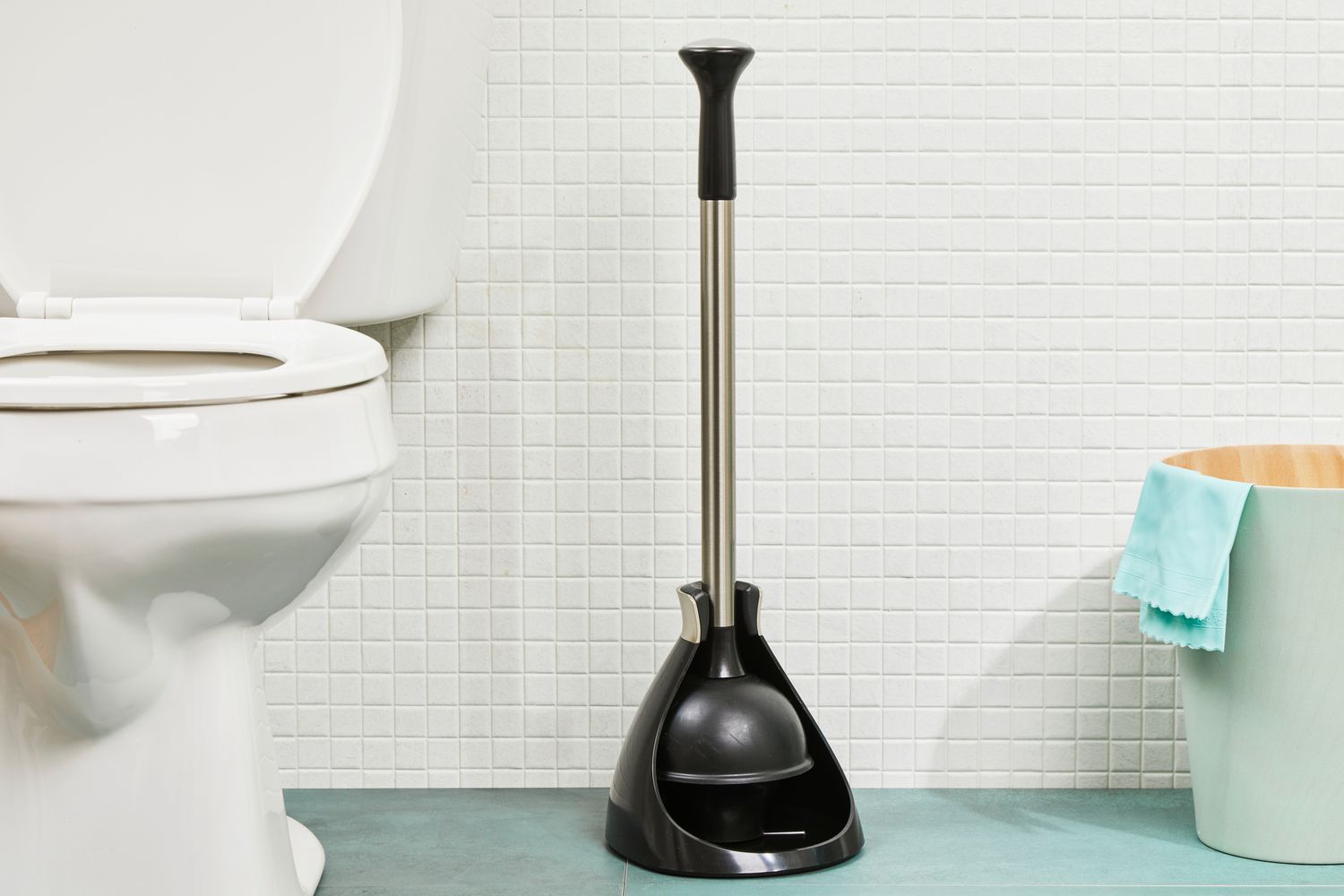

0 thoughts on “How To Unclog Toilet Without Plunger”